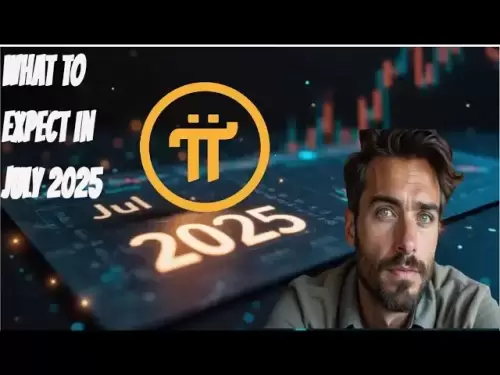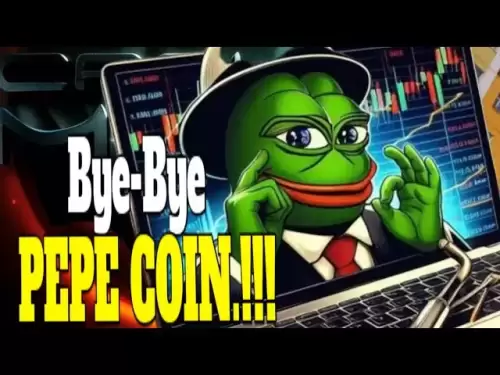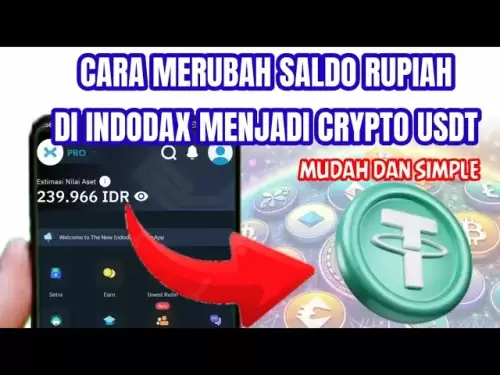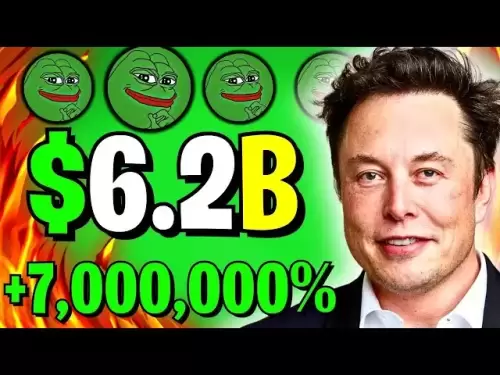-
 Bitcoin
Bitcoin $107,443.3008
-1.17% -
 Ethereum
Ethereum $2,494.2503
-0.63% -
 Tether USDt
Tether USDt $1.0003
0.00% -
 XRP
XRP $2.2496
2.23% -
 BNB
BNB $658.7569
0.63% -
 Solana
Solana $154.9826
1.94% -
 USDC
USDC $1.0000
0.01% -
 TRON
TRON $0.2799
1.07% -
 Dogecoin
Dogecoin $0.1659
-1.78% -
 Cardano
Cardano $0.5745
0.25% -
 Hyperliquid
Hyperliquid $39.7005
0.13% -
 Bitcoin Cash
Bitcoin Cash $519.5989
3.78% -
 Sui
Sui $2.7874
-2.40% -
 Chainlink
Chainlink $13.3762
-1.69% -
 UNUS SED LEO
UNUS SED LEO $9.0784
-0.64% -
 Avalanche
Avalanche $17.9846
-2.81% -
 Stellar
Stellar $0.2390
-0.06% -
 Toncoin
Toncoin $2.9028
0.25% -
 Shiba Inu
Shiba Inu $0.0...01147
-2.17% -
 Litecoin
Litecoin $86.6956
-1.27% -
 Hedera
Hedera $0.1508
-0.50% -
 Monero
Monero $322.6222
3.26% -
 Polkadot
Polkadot $3.4124
-2.99% -
 Dai
Dai $0.9999
0.00% -
 Bitget Token
Bitget Token $4.5434
-1.97% -
 Ethena USDe
Ethena USDe $1.0002
0.00% -
 Uniswap
Uniswap $7.1562
-2.61% -
 Aave
Aave $275.8830
-1.02% -
 Pepe
Pepe $0.0...09790
-4.04% -
 Pi
Pi $0.5018
-5.09%
What is NFT staking? How to evaluate returns and risks?
NFT staking lets you lock up your NFTs in smart contracts to earn rewards, but it's crucial to assess returns and risks like smart contract vulnerabilities and liquidity issues.
May 08, 2025 at 09:00 am
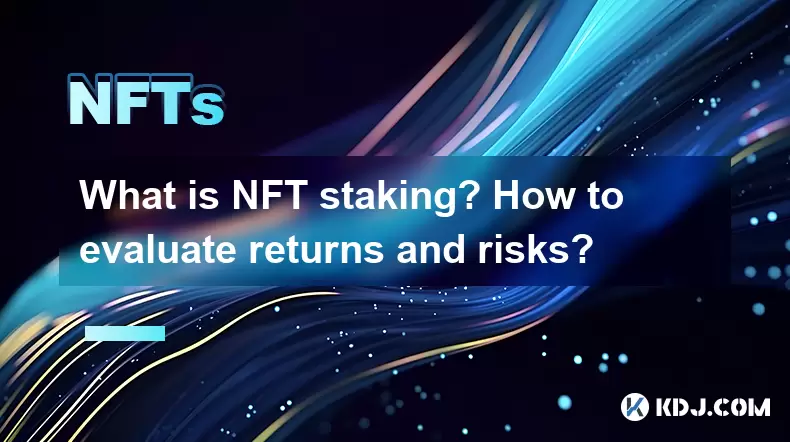
What is NFT Staking? How to Evaluate Returns and Risks?
NFT staking is a relatively new concept within the cryptocurrency ecosystem that combines the unique features of Non-Fungible Tokens (NFTs) with the staking mechanisms commonly seen in blockchain networks. Essentially, NFT staking involves locking up your NFTs in a smart contract to earn rewards, similar to how you might stake cryptocurrencies like Ethereum or Cardano. This process not only provides an additional utility for NFTs but also offers holders a way to potentially earn passive income.
Understanding NFT Staking
To understand NFT staking, it's important to grasp the basics of both NFTs and staking. NFTs are unique digital assets that represent ownership of a specific item or piece of content, often used in art, gaming, and collectibles. Staking, on the other hand, is a process where users lock up their cryptocurrencies to support the operations of a blockchain network, in return for rewards.
NFT staking leverages the value and uniqueness of NFTs by allowing them to be used in a similar fashion. When you stake an NFT, you are essentially committing it to a smart contract for a specified period. During this time, the NFT cannot be traded or transferred, but it may generate rewards based on the platform's rules.
How NFT Staking Works
The mechanics of NFT staking can vary from one platform to another, but the general process involves a few key steps:
- Choose a Platform: First, you need to select a platform that supports NFT staking. Some popular platforms include Aavegotchi, Rarible, and Theta.
- Select an NFT: Once you have a platform, you'll need to choose which NFT you want to stake. This decision can be influenced by the potential rewards and the duration of the staking period.
- Stake the NFT: After selecting your NFT, you'll need to lock it into the platform's smart contract. This is typically done through a user interface provided by the platform.
- Earn Rewards: While your NFT is staked, you may earn rewards in the form of additional tokens, governance rights, or other benefits specific to the platform.
Evaluating Returns on NFT Staking
When considering the returns from NFT staking, it's crucial to evaluate several factors:
- Reward Structure: Different platforms offer different reward structures. Some may provide a fixed percentage of tokens, while others might offer variable rewards based on the performance of the platform or the rarity of the NFT.
- Staking Duration: The length of time you commit to staking your NFT can significantly impact your returns. Longer staking periods might offer higher rewards but also mean you cannot use or sell your NFT during that time.
- NFT Rarity and Value: The rarity and market value of your NFT can also influence the potential returns. Rarer NFTs might offer higher staking rewards due to their perceived value.
To calculate potential returns, you'll need to consider the following formula:
Returns = (Reward Rate NFT Value) - (Staking Fees + Opportunity Costs)*
Where:
- Reward Rate is the percentage of rewards offered by the platform.
- NFT Value is the current market value of your NFT.
- Staking Fees are any fees charged by the platform for staking.
- Opportunity Costs represent the potential gains you might miss out on by not being able to sell or trade your NFT during the staking period.
Assessing Risks in NFT Staking
While NFT staking can offer attractive returns, it also comes with its own set of risks. Understanding these risks is crucial for making informed decisions:
- Smart Contract Risk: Since NFT staking relies on smart contracts, there's always a risk of bugs or vulnerabilities in the code that could lead to loss of funds.
- Platform Risk: The stability and reputation of the platform you choose to stake on can impact the safety of your investment. Platforms with a history of issues or poor security measures pose a higher risk.
- Liquidity Risk: When you stake an NFT, you're locking it up for a period of time. If the market value of your NFT increases significantly during this period, you won't be able to capitalize on that increase until the staking period ends.
- Regulatory Risk: The regulatory environment for NFTs and staking is still evolving. Changes in regulations could impact the legality and profitability of NFT staking.
Practical Steps for NFT Staking
If you're interested in trying NFT staking, here are the practical steps you should follow:
- Research Platforms: Start by researching different platforms that offer NFT staking. Look at their reward structures, staking durations, and user reviews.
- Connect Your Wallet: Most platforms will require you to connect a cryptocurrency wallet that supports NFTs. Popular options include MetaMask and Trust Wallet.
- Select Your NFT: Once connected, browse through your NFT collection and choose the one you want to stake. Consider the potential rewards and the duration of the staking period.
- Approve the Transaction: When you're ready to stake, you'll need to approve the transaction through your wallet. This typically involves signing a transaction that locks your NFT into the platform's smart contract.
- Monitor Your Rewards: After staking your NFT, keep an eye on the platform to track your rewards. Some platforms may allow you to claim rewards periodically, while others might distribute them at the end of the staking period.
Frequently Asked Questions
Q: Can I unstake my NFT before the staking period ends?
A: This depends on the platform's rules. Some platforms allow early unstaking but may impose penalties or forfeit rewards. Always check the platform's terms before staking.
Q: Are there any tax implications for NFT staking rewards?
A: Tax laws vary by jurisdiction, but in many places, staking rewards are considered taxable income. It's advisable to consult with a tax professional to understand your specific obligations.
Q: How do I know if an NFT is suitable for staking?
A: The suitability of an NFT for staking depends on its rarity, market value, and the platform's reward structure. Research the platform's requirements and compare them with your NFT's attributes to make an informed decision.
Q: Can I stake multiple NFTs at the same time?
A: Yes, many platforms allow you to stake multiple NFTs simultaneously. This can potentially increase your rewards but also increases the amount of capital you have locked up.
Disclaimer:info@kdj.com
The information provided is not trading advice. kdj.com does not assume any responsibility for any investments made based on the information provided in this article. Cryptocurrencies are highly volatile and it is highly recommended that you invest with caution after thorough research!
If you believe that the content used on this website infringes your copyright, please contact us immediately (info@kdj.com) and we will delete it promptly.
- Rare Find: The 2p Coin Error Worth £1,000!
- 2025-07-01 14:30:12
- Bitcoin Price Rollercoaster: Trump vs. Musk, and What It Means for Your Crypto
- 2025-07-01 14:30:12
- German Banks, Crypto Trading, and FOMO: A New Era?
- 2025-07-01 14:35:12
- XRPL, Token Tracker, and XRP Holders: Navigating Security, Innovation, and Future Wealth
- 2025-07-01 15:10:12
- ETF Approval, Crypto, and Institutional Investment: A New Era?
- 2025-07-01 15:10:12
- Bitcoin Breakout Incoming? July Patterns Hint at Historic Rally!
- 2025-07-01 14:50:12
Related knowledge
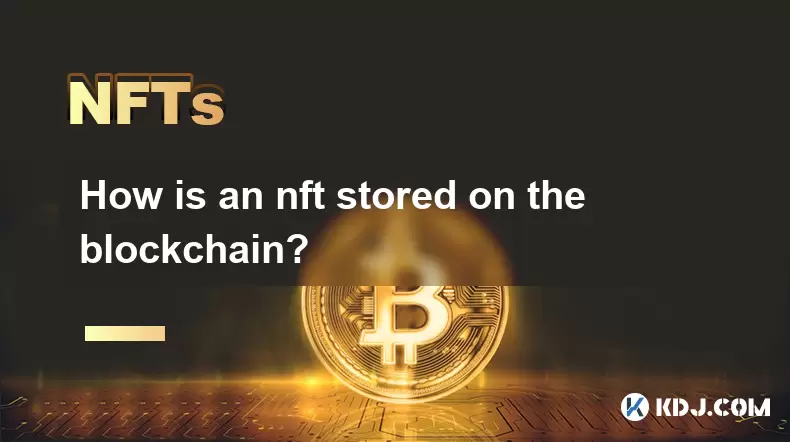
How is an nft stored on the blockchain?
Jul 01,2025 at 04:07am
How Is an NFT Stored on the Blockchain?Non-Fungible Tokens (NFTs) have revolutionized how digital assets are owned, verified, and transferred. Understanding how an NFT is stored on the blockchain provides clarity on its uniqueness, immutability, and traceability. Understanding the Basic Structure of an NFTAn NFT is a unique token that represents ownersh...
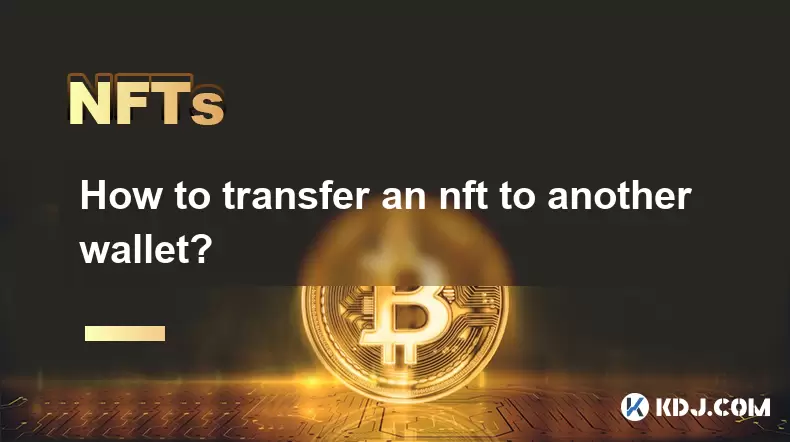
How to transfer an nft to another wallet?
Jul 01,2025 at 10:21am
Understanding the Basics of NFT TransfersTransferring an NFT (Non-Fungible Token) from one wallet to another is a common operation in the blockchain space. Before proceeding, it's crucial to understand what an NFT represents: a unique digital asset stored on a blockchain, typically Ethereum or other compatible chains like Binance Smart Chain or Solana. ...
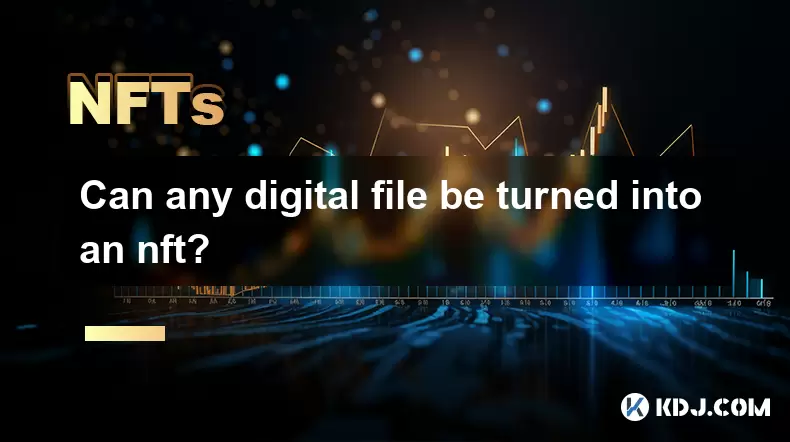
Can any digital file be turned into an nft?
Jul 01,2025 at 07:00am
Understanding the Concept of NFTsAn NFT (Non-Fungible Token) is a unique digital certificate of ownership stored on the blockchain. Unlike cryptocurrencies such as Bitcoin or Ethereum, which are fungible and interchangeable, NFTs represent one-of-a-kind assets that cannot be replicated or replaced. These tokens can represent various types of digital fil...
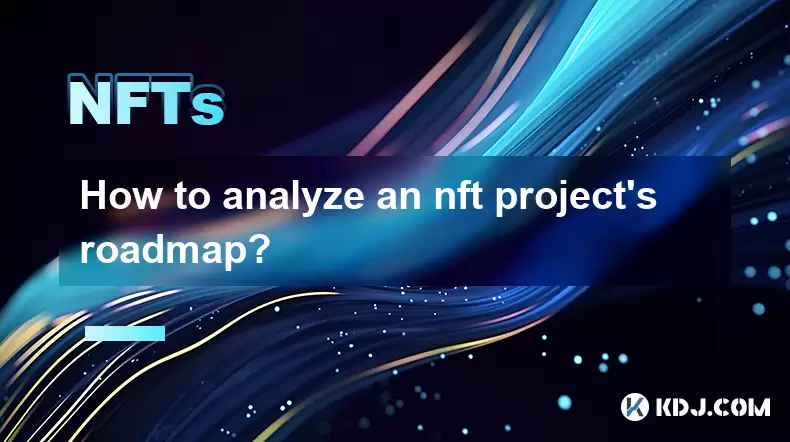
How to analyze an nft project's roadmap?
Jul 01,2025 at 12:01pm
What is an NFT Project Roadmap?An NFT project roadmap serves as a strategic plan outlining the development goals, milestones, and timelines for a non-fungible token initiative. It typically includes short-term and long-term objectives, key deliverables, team updates, partnerships, and community engagement strategies. A well-structured roadmap helps inve...
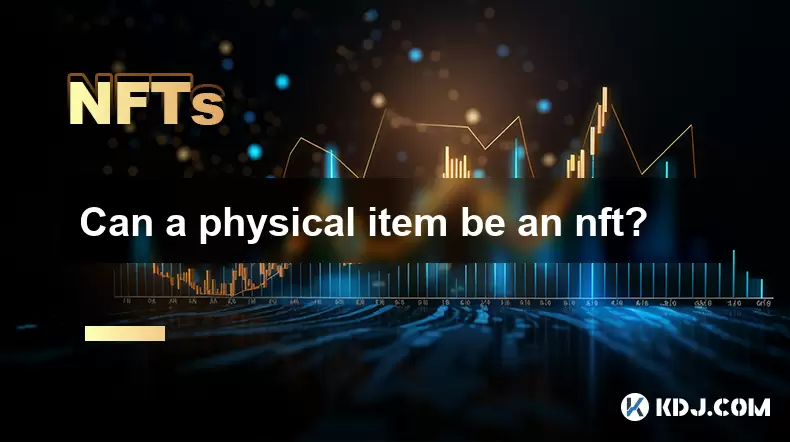
Can a physical item be an nft?
Jul 01,2025 at 06:07am
Understanding the Concept of NFTsAn NFT (Non-Fungible Token) is a unique digital asset that represents ownership of a specific item or content on the blockchain. While many people associate NFTs with digital art, music, or virtual collectibles, the question arises: Can a physical item be an NFT? The short answer is yes — but with important distinctions....
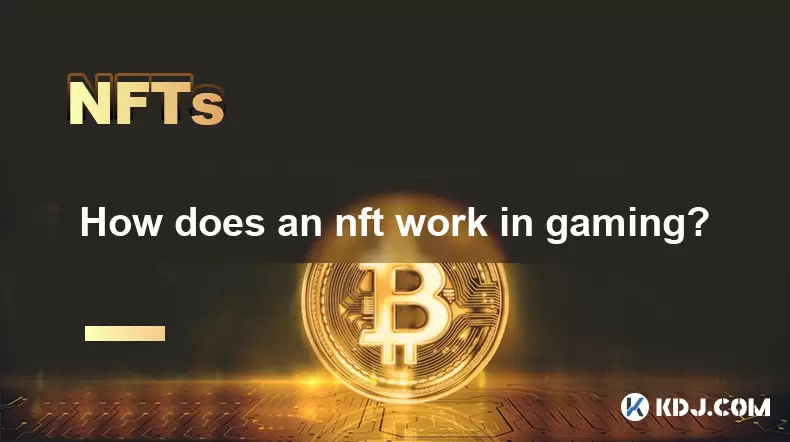
How does an nft work in gaming?
Jul 01,2025 at 09:08am
Understanding NFTs in the Gaming IndustryNFTs, or Non-Fungible Tokens, have revolutionized how digital assets are perceived and managed within the gaming ecosystem. Unlike traditional in-game items that exist solely within a game’s environment and are controlled by developers, NFTs represent unique, verifiable, and tradable assets stored on a blockchain...

How is an nft stored on the blockchain?
Jul 01,2025 at 04:07am
How Is an NFT Stored on the Blockchain?Non-Fungible Tokens (NFTs) have revolutionized how digital assets are owned, verified, and transferred. Understanding how an NFT is stored on the blockchain provides clarity on its uniqueness, immutability, and traceability. Understanding the Basic Structure of an NFTAn NFT is a unique token that represents ownersh...

How to transfer an nft to another wallet?
Jul 01,2025 at 10:21am
Understanding the Basics of NFT TransfersTransferring an NFT (Non-Fungible Token) from one wallet to another is a common operation in the blockchain space. Before proceeding, it's crucial to understand what an NFT represents: a unique digital asset stored on a blockchain, typically Ethereum or other compatible chains like Binance Smart Chain or Solana. ...

Can any digital file be turned into an nft?
Jul 01,2025 at 07:00am
Understanding the Concept of NFTsAn NFT (Non-Fungible Token) is a unique digital certificate of ownership stored on the blockchain. Unlike cryptocurrencies such as Bitcoin or Ethereum, which are fungible and interchangeable, NFTs represent one-of-a-kind assets that cannot be replicated or replaced. These tokens can represent various types of digital fil...

How to analyze an nft project's roadmap?
Jul 01,2025 at 12:01pm
What is an NFT Project Roadmap?An NFT project roadmap serves as a strategic plan outlining the development goals, milestones, and timelines for a non-fungible token initiative. It typically includes short-term and long-term objectives, key deliverables, team updates, partnerships, and community engagement strategies. A well-structured roadmap helps inve...

Can a physical item be an nft?
Jul 01,2025 at 06:07am
Understanding the Concept of NFTsAn NFT (Non-Fungible Token) is a unique digital asset that represents ownership of a specific item or content on the blockchain. While many people associate NFTs with digital art, music, or virtual collectibles, the question arises: Can a physical item be an NFT? The short answer is yes — but with important distinctions....

How does an nft work in gaming?
Jul 01,2025 at 09:08am
Understanding NFTs in the Gaming IndustryNFTs, or Non-Fungible Tokens, have revolutionized how digital assets are perceived and managed within the gaming ecosystem. Unlike traditional in-game items that exist solely within a game’s environment and are controlled by developers, NFTs represent unique, verifiable, and tradable assets stored on a blockchain...
See all articles





















